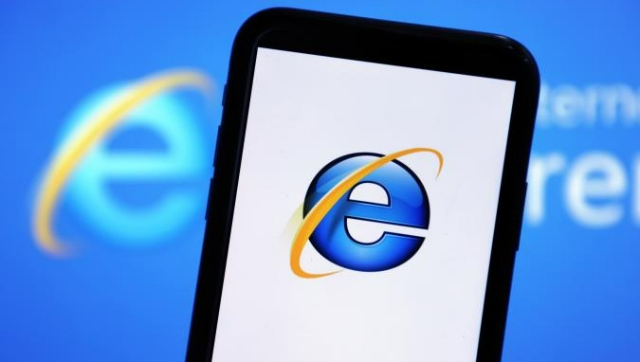As of today, 15th June, Wednesday, Microsoft will no longer be supporting Internet Explorer, the once-dominant web browser that legions of web surfers loved to hate, and a few still claim to adore.
The company made clear back then that it was time to move on. “Not only is Microsoft Edge a faster, more secure and more modern browsing experience than Internet Explorer, but it is also able to address a key concern: compatibility for older, legacy websites and applications,” Sean Lyndersay, general manager of Microsoft Edge Enterprise, wrote in a May 2021 blog post. Users marked Explorer’s passing on Twitter, with some referring to it as “bug-ridden" or as the “top browser for installing other browsers.” For others, it was a moment for 90s nostalgia memes, while The Wall Street Journal quoted a 22-year-old who was sad to see IE go. Microsoft released the first version of Internet Explorer in 1995, which marked a new era of web surfing by the masses, which was up until then dominated by the first widely popular browser, Netscape Navigator. Internet Explorer is a browser included in Windows since Windows 95 (1995). Initially based on Spyglass’s Mosaic, by 2003 it boasted a 95% browser market share. Later, with new competitors such as Chrome, its usage declined. The final version, 11, ends support on 15th June 2022. pic.twitter.com/bDXwSohqwH thanks for the memories, #InternetExplorer pic.twitter.com/2OH637tjte Internet Explorer will retire tomorrow (June 15, 2022). Microsoft’s #InternetExplorer is officially retiring after 27 years. pic.twitter.com/08uO17qin0
If you are still using this browser, you’ll receive this news sometime in the next 500 years for sure #InternetExplorer pic.twitter.com/jGzkDcBxXg
)